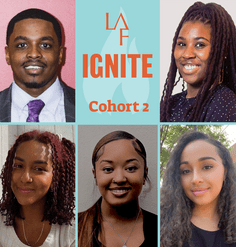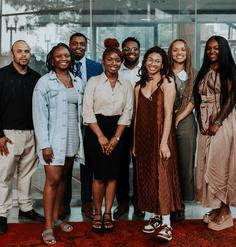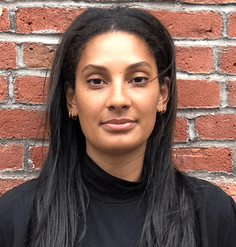Olmsted Scholar Feature: Structuring the Landscape with Textile-Derived Construction Techniques
By Janet Broughton, 2011 University Olmsted Scholar
Tectonic theory has had a significant and even transformative influence on architecture. Discussion of tectonics guides architects toward expressive construction and even spurred radical redefinition of the discipline in the late 1800s. A tectonic theory of landscape architecture, however, remains undeveloped, and its potential benefits remain unrealized.
My master’s thesis research has come to explore tectonic theory in landscape architecture, yet my inquiry began with a nebulous interest in how my experience working with textiles could fruitfully translate to landscape architecture. I began by collecting and analyzing works integrating textiles and landscape; making and experimenting with textiles (see figure at right), and studying Gottfried Semper’s textile-based myth of origin for architecture.
These pursuits directed my efforts toward seeking the potentials of textiles in structuring landscape and provided a model for how textiles and related construction techniques could inform a tectonic theory specific to landscape architecture. I found my model in architecture, beginning with Semper. He narrated the evolution of architecture through many generations of makers building on the technical and stylistic foundation of textile crafts. In Semper’s story, textiles were the primordial spatial membrane used to block the dynamics of the environment and shelter people inside.
In landscape architecture, however, textiles have the potential to strategically engage with the ever-changing conditions of the outdoors. Textiles are porous and flexible, uniquely suiting them to integrating, responding to, and even structuring landscape contingency. Existing projects put textiles to work: filtering, diffusing flows, and integrating materials and organisms (see figure below for examples). If landscape architects were to discuss tectonic theory, the characteristics significant in a landscape context could provide a place to begin.
In architectural tectonic theory, textiles informed stylistic rules. Semper’s rules called for the use of materials in tasks to which they were suited, and also for artistic expression in keeping with the symbolism of the selected material. In landscape architecture, textiles are suited for engagement with contingency. They also create what they symbolize: a cyborgian manifestation of the inseparability of people, our materials, and the rest of nature. The adoption of tectonic theory based on these ideas would require landscape architects to act not as stewards but as actualized natural agents; to realize and engage the constructive potentials of contingency and time; to embrace and develop new expectations for successful design and aesthetics, and to develop strong political and ethical stances.
As I continue my thesis in the spring, I hope to extend these ideas to a myth of origin for our discipline. The cast of characters present when architects became creators of space, not creators of symbolic form, intertwines interestingly with the characters acting at the beginnings of landscape architecture (see figure below). How might landscape architecture look today if John Claudius Loudon, instead of defining landscape gardening as an imitative art, had grounded his definition in landscape-specific constructive practice?
Janet Broughton will soon be in her final semester of the Master of Landscape Architecture program at University of Illinois at Urbana-Champaign. She will assist with teaching construction in her department while finishing her coursework and finalizing her thesis.















